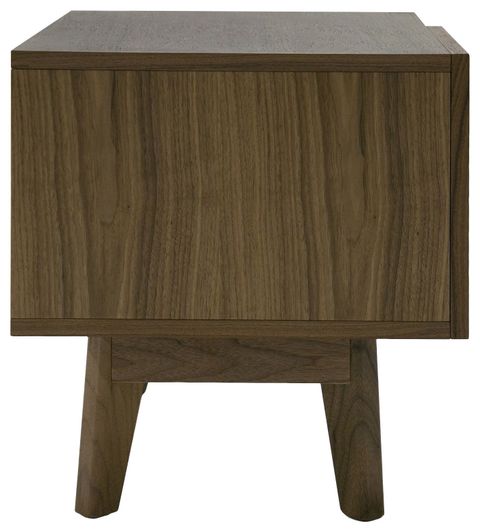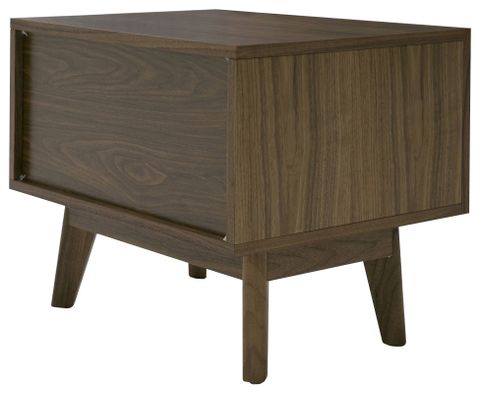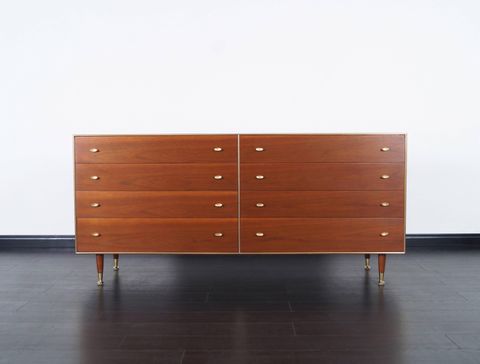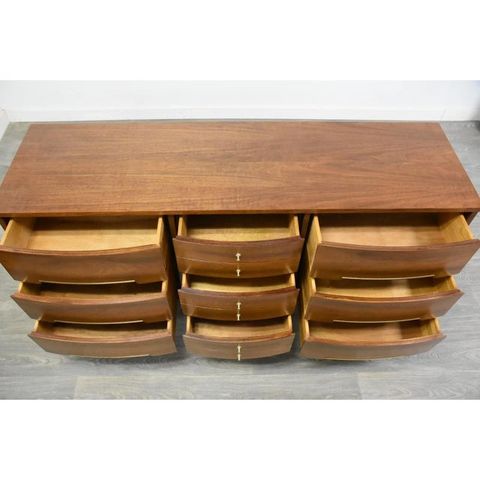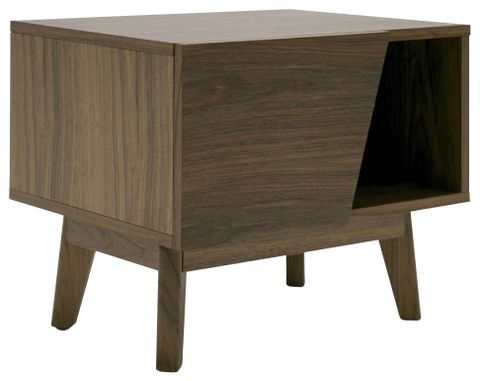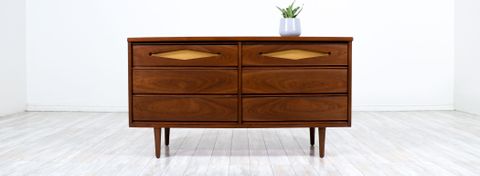When you think of mid-century modern furniture, what comes to mind? Sleek lines, organic shapes, and a sense of understated elegance, right? Well, a huge part of that iconic look owes its existence to a particular type of wood: walnut. It’s not just any wood; it’s the material that truly defined the era’s aesthetic and continues to captivate us today.
The mid-century modern design movement, roughly spanning from the mid-1930s to the late 1960s, gave us some of the most timeless and sought-after furniture pieces. Think Eames, Knoll, and Herman Miller. These designers weren’t just creating furniture; they were crafting functional art. And at the core of many of their masterpieces was the warm, rich, and incredibly versatile walnut wood. But what is it about this particular timber that made it so special then, and why does it still hold such a powerful allure for us now? Let’s dive in.
Why Walnut Stood Out
Walnut, especially American black walnut, possesses a unique combination of qualities that made it a designer’s dream. For starters, its color is simply gorgeous. It ranges from a light, creamy brown to a deep, almost purplish chocolate, often with beautiful, swirling grain patterns. This natural variation meant that each piece of furniture had its own distinct character. It wasn’t just about the color, though. Walnut is also a hardwood, meaning it’s strong and durable. This made it perfect for the functional demands of everyday furniture. Plus, it’s relatively easy to work with, allowing for the intricate curves and precise joinery that characterized mid-century designs. Designers loved how it could be shaped and finished to achieve that smooth, satiny feel so typical of the era.
The Aesthetic Appeal: Warmth and Sophistication
Mid-century design aimed to bring a sense of warmth and comfort into the home, a departure from the more ornate styles of previous decades. Walnut played a crucial role in achieving this. Its deep, earthy tones create an inviting and cozy atmosphere. Unlike lighter woods that can sometimes feel stark, walnut offered a sense of groundedness and natural beauty. And let’s not forget the sophistication it brings. The rich color and intricate grain patterns lend an air of understated luxury. It’s a wood that feels both natural and refined, a perfect balance that resonates with the mid-century ethos of bringing the outdoors in while maintaining a polished look. Imagine a walnut credenza with its stunning grain; it’s a statement piece without being ostentatious.
Versatility in Design
What’s truly remarkable about walnut is how adaptable it is. Mid-century designers used it for everything from massive dining tables and sleek sideboards to delicate chairs and intricately veneered cabinets. Its ability to take a fine finish meant it could be polished to a high sheen or left with a more natural, matte appearance. This versatility allowed designers to explore a wide range of forms and functions. Whether creating a dramatic, sculptural piece or a more subtle, understated accent, walnut always seemed to deliver. Its grain could be quarter-sawn for straight lines or cut in other ways to create mesmerizing ‘burls’ or ‘fiddlesback’ patterns, adding visual interest and depth. This adaptability is precisely why it was so prevalent.
Durability and Longevity
Mid-century furniture was often designed for longevity, intended to be passed down through generations. Walnut’s inherent strength and stability contribute significantly to this. It’s a dense wood that resists warping and cracking, provided it’s properly cared for. This durability means that well-made walnut pieces from the 1950s and 60s are still in excellent condition today, a testament to both the quality of the material and the craftsmanship involved. When you invest in a walnut piece, you’re not just buying a beautiful item; you’re acquiring something built to last. This enduring quality is a major part of its continuing appeal, especially in a world increasingly focused on sustainability and mindful consumption.
The ‘Golden Age’ of Walnut Furniture
The post-war economic boom saw a surge in homeownership and a desire for modern living. Walnut became the go-to material for furniture manufacturers catering to this burgeoning market. Brands like Drexel, Heritage, and Lane Furniture produced vast quantities of walnut pieces, from bedroom sets to occasional tables. This widespread availability, coupled with the wood’s inherent beauty and quality, cemented its status as the quintessential mid-century material. Many of us have memories of family homes filled with these elegant, warm pieces. It evokes a sense of nostalgia and a connection to a time when design focused on both form and function, creating spaces that felt welcoming and stylish. The sheer volume produced means these pieces are still relatively accessible on the vintage market.
Walnut Today: A Continued Legacy
Even though the mid-century era has passed, walnut’s popularity hasn’t waned. Contemporary furniture designers continue to draw inspiration from the period, and walnut remains a favored material. Its timeless appeal means it fits seamlessly into modern interiors, offering a touch of vintage charm and natural warmth. Whether you’re hunting for an authentic vintage find or a newly crafted piece, walnut furniture continues to be a wise and beautiful choice. It’s a material that speaks to quality, craftsmanship, and enduring style. Its rich hues and elegant grain provide a sophisticated yet inviting presence that few other materials can match. When you see a beautifully crafted walnut piece, it just feels right, doesn’t it?
So, the next time you admire a piece of mid-century furniture, take a closer look at the wood. Chances are, it’s walnut, and its enduring appeal is no accident. It’s a material that perfectly embodied the mid-century spirit of warmth, sophistication, and functional beauty. From its stunning natural variations and rich color to its durability and versatility, walnut offered designers the perfect canvas to create the iconic pieces we still cherish today. Its legacy isn’t just in the past; it’s very much alive and well, continuing to enrich our homes with its timeless charm and undeniable elegance. It’s a wood that truly stands the test of time, proving that great design, like great materials, never truly goes out of style.

